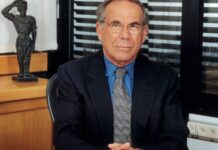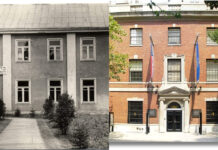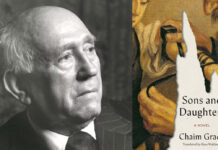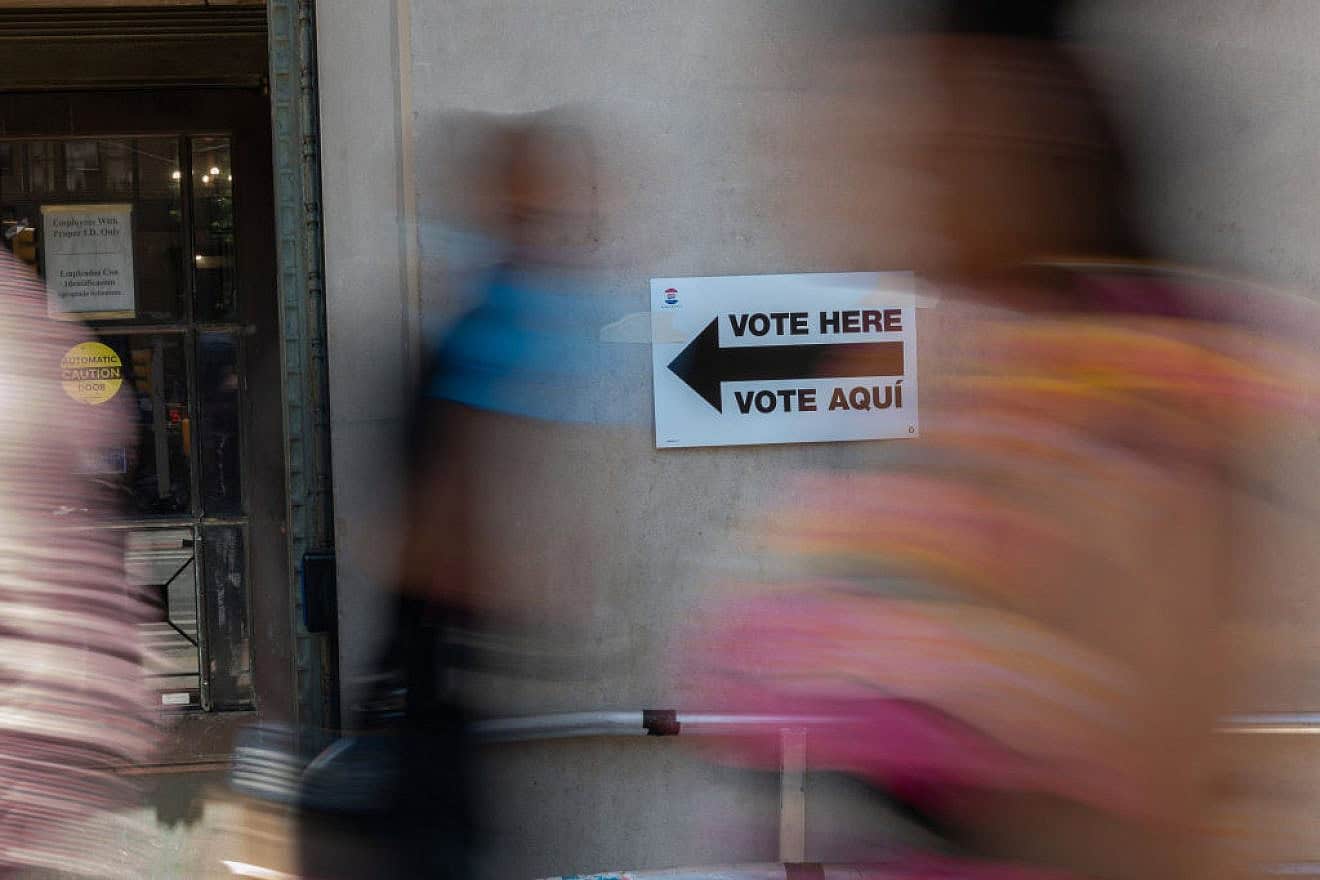Defeated. As a Jew involved in American politics, that is how I have often felt since Oct. 7. In political battle after political battle, I have watched legislatures fail to pass critical protections for our community, elected officials ignore blatant antisemitism and events at college campuses go from bad dreams to daily nightmares.
Some elected officials have even been complicit in encouraging protests that have turned antisemitic or actively used their platforms to allow fringe movements to come out of the shadows. Worst of all, all this has taken place in our own backyards; in our school boards, downtowns and neighborhoods.
However, in this defeat, we have uncovered a great truth and an even greater opportunity: the voting power of American Jews.
An elected official once told me that he first returns the phone calls of the people he knows voted for him; then, after some time, he returns the calls of those who voted but not for him. I asked him: What about those who didn’t vote at all? He answered that he simply doesn’t return their phone calls at all. If they don’t vote, their opinions are irrelevant.
I quickly learned that most politicians share this brutally honest perspective.
It makes sense when we realize that the turnout in elections is abysmal. The Bipartisan Policy Center did a study of the 2022 Congressional primaries and found that the average turnout was only 21.3%. In states like New York, Virginia and Connecticut, it dipped to 12% or less. Turnout in local city, assembly, state senate and school board elections can often hover between 10-15%.
Entire movements in American politics have been decided by this low turnout. Sen. Bernie Sanders (I-Vt.) won his first race for office by only 10 votes. Rep. Alexandria Ocasio-Cortez (D-N.Y.) won her first election when only about 13% of registered Democrats showed up to vote. Rep. Lauren Boebert (R-Colo.) won her last election by less than 1%.
The Jewish community is not an exception to this rule. Unfortunately, our turnout is equally abysmal. This explains the poor political climate affecting Jewish communities across the country over the last nine months.
Following Oct. 7, the Jewish community woke up and suddenly began demanding action from legislators. Yet to the astonishment and outrage of many, our calls have gone unanswered.
We shouldn’t be surprised. If your elected officials didn’t rely on or need your vote to win, can you blame them for ignoring you now? Can you blame them for not casting aside their voter base in favor of our needs?
Instead of shouting into the void, now is the time for the Jewish community to take a long look in the mirror, course correct and find a better way to demand change. When asked what we can do to fix this, I now answer with a simple but powerful question: What if the Jewish community had 90% voter turnout?
In the recent New York Democratic congressional primary that pitted Rep. Jamaal Bowman (noted for his anti-Israel stance) and George Latimer, one Westchester shul achieved nearly 90% turnout. This followed a concerted voter drive under the banner “Westchester Unites,” spearheaded by my organization: Teach Coalition.
This race was decided by 12,816 votes. The Jewish vote constituted 15,508 votes. Our overall turnout was astonishingly high. While the rest of the district voted at 27%, the Jewish vote was over 60%. This was a civic earthquake with immediate aftershocks. Politicians around the state took notice. Journalists across the country took notice. Other communities took notice. “What if the Jewish community in my district turned out at that rate?” was a question whispered by many of your elected officials.
The “90% question” should be asked in every city, county and state. Any politician will tell you that such a number is unachievable, yet we as a community did it. Setting a goal of 90% means that we will always hit 30%, 50% or higher. Any of these would exceed the average turnout and propel our community’s issues and concerns to the top of the list of policy priorities.
We know this because in 2024 we’ve seen voter turnout exceed 50% in Bergen County, New Jersey, where over a dozen new elected officials saw firsthand the strength of our community’s participation.
We know this because, in 2023, the community more than doubled their average city-wide turnout in Miami Beach and North Miami Beach, Florida elections, with a decisive effect on the outcome.
We know that because communities around the country have answered this call to action with excitement.
Since Oct. 7, many have asked: “What can I do?” As we head into a critical election season, joining the fight for 90% should be at the top of your volunteer priorities.
Every place where my organization has mobilized voters requires volunteers. There were a record 700 in the Westchester race. In New Jersey, we put out a call to action that was answered by over 1,000 community members. From registering voters to making sure they reach critical election deadlines to turn out, this effort truly requires you.
Only you can call your friends and encourage them to vote. Only you can knock on a new neighbor’s door and make sure they are registered to vote. Only you can ultimately vote.
Before we make demands of our elected officials, we must demand more of our own communities.
All that’s left to answer is: Will you join the call for 90%? Will your shul or school participate? Will your community?
























